Fence Regulations In Victoria : What You Need To Know

By now, you would have heard about the spa and pool safety barrier or pool fencing regulations in Victoria and the need to register your spa or pool with a compliant safety barrier. You would most likely fall under three categories, each with different steps and requirements. This article will break down and simplify each category’s steps to help you understand better what is required of you and the costs involved.
Category 1: You Are Buying A New Spa Or Swim Spa Which Needs A Safety Barrier
Once you have decided on the perfect spa or swim spa, you can consult a Building Surveyor to begin the process of installing it and building a safety barrier that adheres to the safety standards of the Victoria Barrier Laws.
If you fall under this category, there is a detailed step-by-step procedure you would have to follow. These are:
- Apply for a Building Permit from a reputable building surveyor (such as Nepean Building Permits) to allow the works to begin
- Install the spa or swim spa on a suitable base or concrete slab; you can ask your spa shop for trade contacts
- Install Compliant Safety Barrier; you can ask your spa shop for trade contacts
- On final approval of safety barrier installation, the Building Surveyor will give a Building Permit Final Certificate & ‘Barrier Compliance Certificate’ (for council)
- Register Your Spa With Local Council; the owner can then register the spa/swim spa with the council and send in the ‘Barrier Compliance Certificate.’
However, to properly know what is required of you, you would need to know what each of these points entails. Below is a detailed description of each step.
1) Apply For A Building Permit

Most building surveyors require a building permit for a safety barrier on a relocatable spa (the relocatable spa cost does not need to be included in the works’ price). You can obtain a building permit from reputable building surveyors such as Nepean Building Surveyors. In Victoria, a Building Permit costs approximately $850. This price includes one inspection when the job is complete to inspect the barrier. An additional $165 is needed for further assessments until any issues are resolved.
Although the building permit is important to allow work to begin, you would need to present other documents and pieces of information to your building surveyor.
Firstly, you will need a site plan showing the location of the spa and the safety barrier. If the job is more complex, you would need to present your surveyor with an elevation plan. Suppose the safety barrier required is higher than 1m, or you would want to build a deck around your spa. In that case, you may need to engage a drafting technician to draw this plan.
You must also submit your completed building permit application form. You must include a letter of appointment if you (the owner) give the builder consent to work with the surveyor.
A completed Swimming Pool Safety Barrier Agreement is also important.
The owner or builder can also apply for a title and plan of subdivision for as little as $25 on sites like saiglobal.com.
You would also need to supply notes on concrete base or slab details for the spa. However, it does not require an inspection as it is non-structural.
The spa needs to be noted on the permit application but should not be included in the project’s cost.
2) Install Spa Or Swim Spa On Suitable Base Or Concrete Slab- Ask Your Spa Shop For Trade Contacts
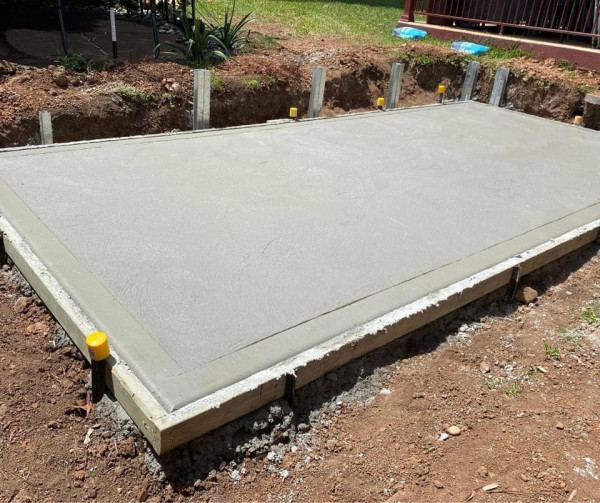
After selecting a site for your new spa and making sure there is a 600mm clearance surrounding it, you must construct a solid, supportive and level base that will remain stable enough throughout the life of your spa. Spas in use typically pose a considerable weight (about 2-10tonne) for any base to support. Smaller spas can be as heavy as 2000kg when occupied with people and water, while larger models can weigh 3000kg and our swim spa up to 7000kg; your brochure has relevant information on approximate filled weights and dimensions of Sapphire Spas models. You must also consider the weight of occupants in addition to these figures.
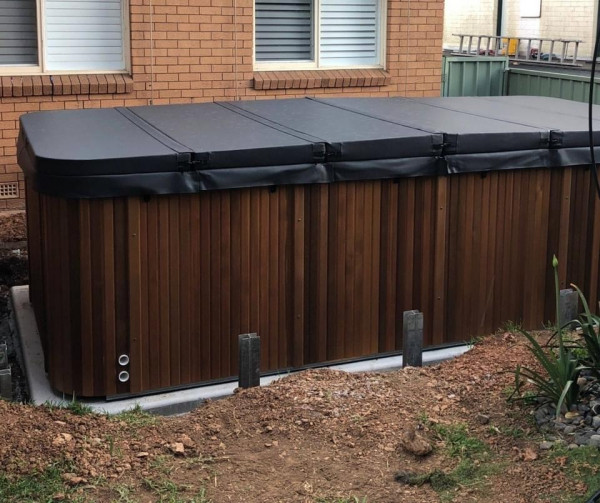
It is better not to place your spa on soft surfaces, including dirt, sand, pebble or grass. That’s because it is likely to exert undue pressure on the spa, causing it to crack or distort. Damage caused by an inadequate foundation will make the warranty on your spa void. Therefore, you must ensure that you correctly install the spa. It is suitable to have a reinforced concrete slab of 100mm (4”) minimum thickness for your spa. You must increase this to at least 150mm thickness when installing swim spas. Extend the slab at least 200mm outside the spa dimensions for it to be more stable.
Regardless of how you choose to support your spa pool, Sapphire Spas strongly recommends using a licensed contractor.
3) Install Compliant Safety Barrier - Ask Your Spa Shop For Trade Contacts
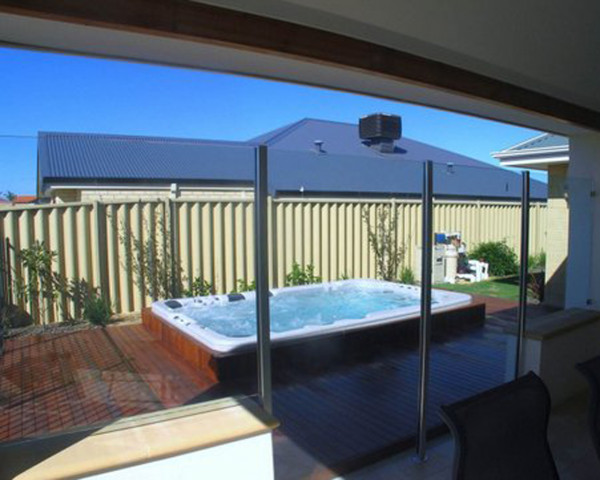
You can build your safety barrier from aluminium pool fencing or glass balustrading panels as long as it complies with the relevant Australian safety standard.
4) Final Approval Of Safety Barrier Installation

When your safety barrier works are complete, you will need to arrange for the building surveyor to visit your site for an inspection. If any rectification works need to be completed, another review will need to be booked. Once your works comply with Australian Standards, your Building Surveyor will give you a Building Permit Final Certificate for your records (keep this in case you wish to sell your home). Your Building Surveyor will also give you a ‘Safety Barrier Compliance Certificate’ for submission to your local council.
5) Register Your Spa With Local Council
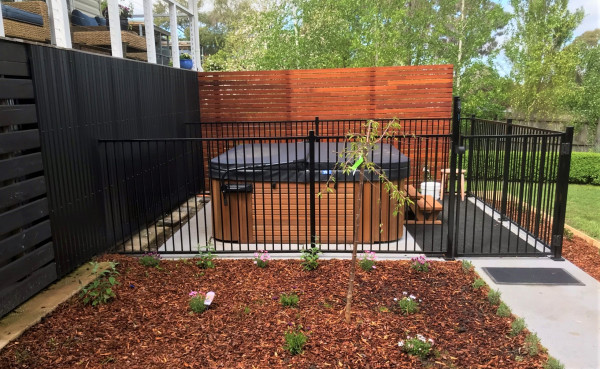
Now that you have completed the four steps above, you can contact your local council to register your compliant spa or swim spa at a fee. You will also need to send in the ‘Safety Barrier Compliance Certificate’ that you received from the Building Surveyor upon final approval.
Category 2: You Have An Existing Spa Or Swim Spa Which Needs A Safety Barrier
If you have an existing spa installed but have not built a safety barrier, you should apply for a Building Permit. The steps you would need to follow are the same as those required for those in category one. These include:
- Apply for building permits
- Install spa or swim on suitable base or concrete slab
- Install compliant safety barrier
- Receive Building Permit Final Certificate and Barrier Compliance Certificate
- Register spa with your local council
You should consult the explanations outlined in “Category One” to understand these requirements better.
However, some people may have already added a safety barrier to an existing spa once they heard about recent council registration requirements and fencing without realising they needed a building permit first. If this is you, you would be in category three.
Category 3: You Have An Existing Spa Or Swim Spa Which Has A Safety Barrier
Believe it or not, even if you have an existing spa and safety barrier, you still need to get it inspected to ensure it complies with safety barrier standards as of the date of installation.
On the first of December, 2019, Victoria effected new laws to improve spa and swimming pool safety. They introduce new registration, inspection, and certification requirements for property owners. If you have an existing spa or swim spa with a safety barrier, how do you ensure you comply with the new swimming pool and safety laws?
Here is a list of steps you are required to take to ensure you follow the law:
- Under the new law, you are required to register your swimming pool or spa with your local council. They would respond via mail to advise on the installation date to keep and which checklist of standards you need to comply with. You can check out this website for more information on the checklists and benchmarks you need to meet- Victoria Building Authority
- Organise an inspection of your pool barrier by a registered swimming pool inspector
- Rectify any issues identified by your pool inspection
- Submit a certificate of compliance to your council by the due date
Maintain the integrity of your safety barrier for review every four (4)
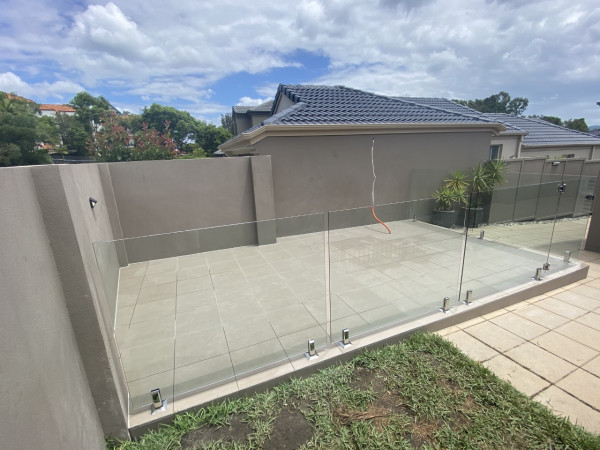
Benefits Of Putting Up A Safety Barrier
There are several benefits to investing in fencing your swimming pool area. These include:
- Offers convenience and peace of mind
- Prevents drownings and other fatal injuries
- Provides an extra layer of protection
- It can be customised to suit individual preferences
- Easy to install and easy to use
Hopefully, this article has broken down the various regulations required when fencing your swimming pool or spa in Victoria. Although the procedures mentioned above may sound daunting and time-consuming, these ensure that environments are safe and secure. Attempt to comply with these new laws to prevent suffering the consequences in the future. Know the category you fall within, and be sure to follow each stop accordingly.
